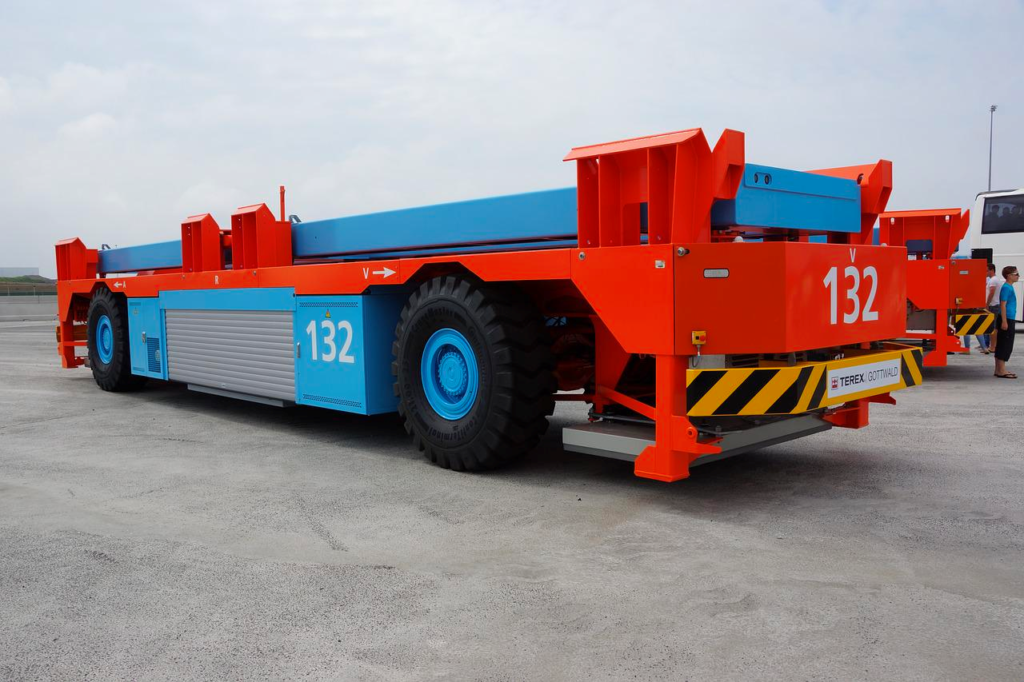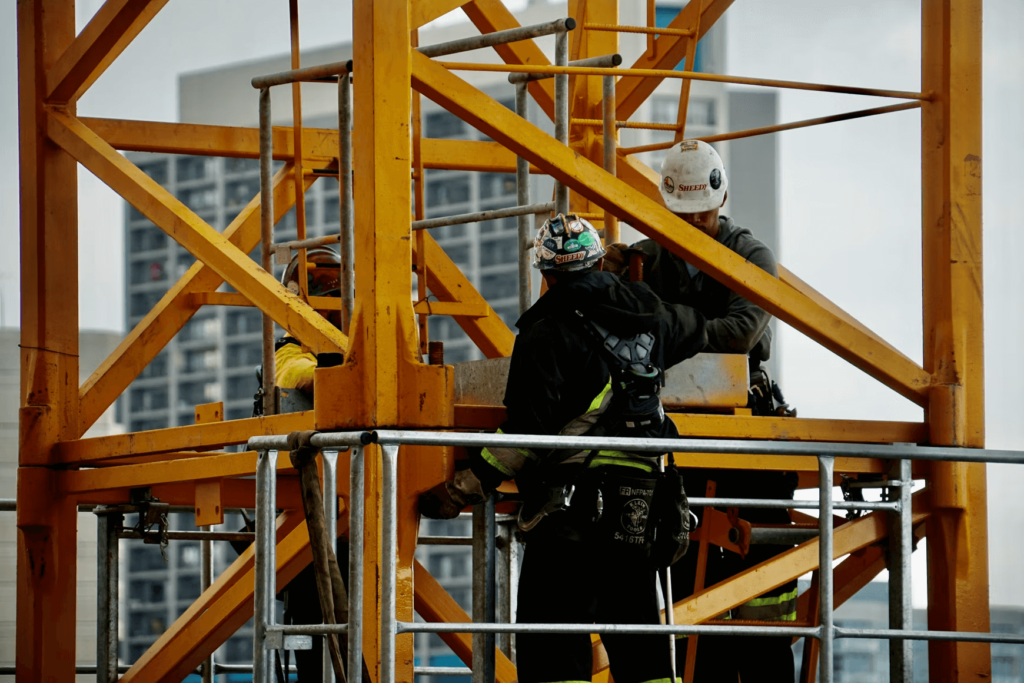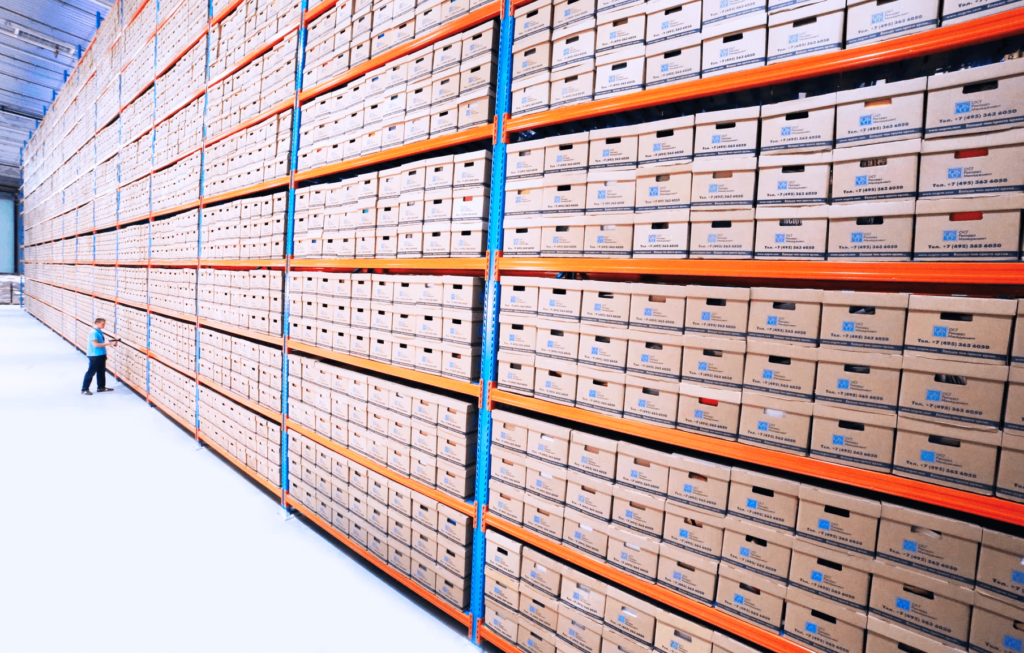Warehouses are crucial in the supply chain of any business. It is the location where raw materials are held before they are used in the manufacturing process, or where finished goods are stored for distribution. Smooth and efficient warehouse operations ensure that goods and materials flow through the supply chain with minimal friction.
Warehouses of the past relied purely on manual labor for their operations. Contemporary warehouse workers use a mix of machines and human labor to accomplish warehouse operations. Commonly used machines and equipment in warehouses are:
- Lifts
- Cranes and hoists
- Forklifts
- Conveyor belts
- Utility carts and dollies
- Trucks, etc.
These pieces of equipment undergo wear and tear during their regular operations. They also break down and face other issues during the equipment’s lifetime. Maintenance is crucial to avoid any damage due to faulty equipment within the warehouse. Regular warehouse maintenance is an exercise to ensure safe warehouse operations and equipment longevity.
Warehouses of the future
Warehouses and distribution centers are changing due to the influx of new technologies. Robotics and automation are increasing their prevalence in warehouses. Robots and cobots are increasingly used in different parts of warehouse operations. Automated Guided Vehicles (AGV) are also used to transport material within warehouses. These devices, along with other equipment used in modern warehouses, are internet-enabled. This means these devices are capable of sending and receiving data to and from cloud computing systems.

The data collected from the different equipment and sensors in the warehouse is synchronized via Warehouse Management Systems (WMS) to manage and improve warehouse operations. The large volume of data collected can be used to generate insights on warehouse operations using artificial intelligence, big data analytics, and neural networks. Neural networks are also used to implement machine vision to better control and operate automated equipment in a warehouse. The confluence of these technologies is changing how warehouses of the future will operate.
In due time, humans in warehouses will be completely replaced by robots and other automation tools. Initially, cobots will be widely adopted. They are robots that work in collaboration with human workers. Eventually, as technology improves and the cost of automation comes down, complete warehouse operations will be overtaken by robots. Many warehouse workers will lose jobs, but they will be transferred to alternative jobs that emerge. In the warehouse, displaced workers will become maintenance technicians for robots and other automated equipment.
Importance of maintenance
Regular maintenance of machines and equipment is essential for stable warehouse operations. This was the case even before the introduction of automation within warehouses. The importance of maintenance increases when humans are replaced with automation. When employees operate various machines, they can detect anomalies and prescribe further inspections that lead to adequate maintenance activities.

When there are no human operators, such instances reduce. Therefore, it is critical that scheduled maintenance activities are carried out according to the specifications from the OEM or vendor. This is to ensure that automated equipment does not experience unexpected breakdowns, disrupting warehouse operations.
Since all warehouse equipment will be internet-enabled, there is a steady stream of information regarding the operations of the equipment. This data can be used for condition monitoring, to analyze when a piece of equipment is due for maintenance. Artificial intelligence tools can help in predictive maintenance where a failure of equipment is foreseen before the failure occurs. This helps to rearrange operations so that faulty machinery can be swapped and maintained without much disruption to warehouse operations.
Warehouse efficiency is an amalgamation of various factors regarding warehouse operations. Utilization of space, streamlined operations, and output are some of the parameters. They can be represented by some key performance indicators. In a well-maintained warehouse, the KPIs indicate an upward trajectory, indicating efficient warehouse operations. In warehouses with a lax maintenance environment the performance KPIs of the warehouse experience deterioration.
The following sections cover some of the reasons why maintenance is important even in completely automated warehouses of the future.
Efficiency
The machines in the warehouse have to function according to expectations for performing warehouse operations. If these machines are maintained regularly, they improve the efficiency of operations. The machines do not experience unexpected breakdowns disrupting warehouse operations. The output of the machines will also be in line with expectations as degraded parts are replaced and faults are rectified in time. There will be no hitch in the warehouse operations. Predictive maintenance also helps to rectify issues before a failure occurs. A combination of these factors improves efficiency of operations for a warehouse whose equipment is regularly maintained.
Cost saving
Cost saving is the aftereffect of improved efficiency in warehouse operations. When machines are efficient, they require less energy to function. This translates as a lower cost for power to handle the same volume of goods in the warehouse. The lifespan of the machines also gets extended when they are well maintained. This adds to the reduction in cost experienced by the warehouse.
Order cycle time
Order cycle time is the time taken to ship orders once the order is received at the warehouse. This metric assesses the cumulative efficiency of the warehouse. The reasons for declining order cycle times are disruptions in warehouse operations. In a warehouse where maintenance activities are performed diligently, disruptions experienced in operations are rare. This improves the order cycle time, meaning less time is required to ship products once the order is received.

Accuracy
In a completely automated warehouse, machines are responsible for picking and sorting inventory. Faulty equipment is not able to accurately pick products from shelves. For example, with picking robots that rely on vision systems to pick products, the camera lens has to be in pristine condition to detect products. If it is dirty with dust or other residue, the picking robot cannot accurately identify the products. This reduces the accuracy of picking operations. When the machines are maintained and regularly tested, the accuracy of their operations will not be compromised.
Safety
In a completely automated warehouse, there is very little chance of employees getting hurt. But there could be accidents involving robots that could prove catastrophic to warehouse operations. A faulty machine could cause short circuits and cause fires that could engulf the warehouse and the goods in it. Faulty equipment could disrupt operations of other machinery, which could cascade into a larger problem. Lack of equipment maintenance is at the root of all these troubles.
Maintenance will remain important
Maintaining warehouse and equipment is quite important for smooth warehouse operations. This will remain so even in warehouses of the future with robots and automation tools. In fact, the need for maintenance will be even more prominent. The only operation that would require humans would be maintenance in a completely automated warehouse. Without adequate maintenance, the machines in the factory would break down, often causing disruption in warehouse operations. Even in automated warehouses, maintenance will be the key for smooth warehouse operations.
Bryan Christiansen is the founder and CEO of Limble CMMS. Limble is a modern, easy-to-use mobile CMMS software that takes the stress and chaos out of maintenance by helping managers organize, automate, and streamline their maintenance operations.




